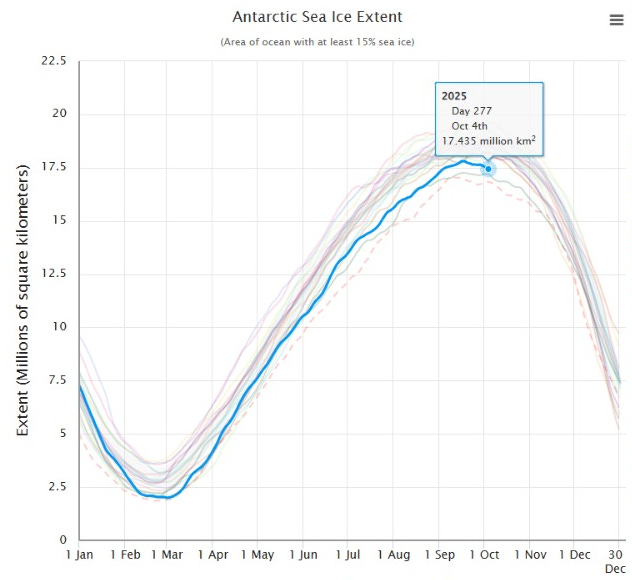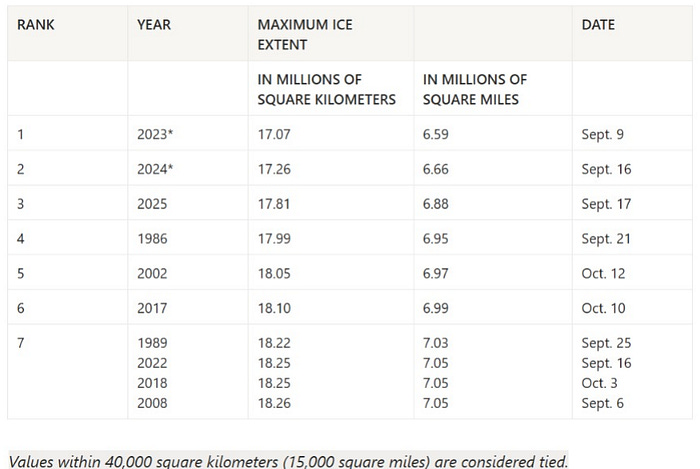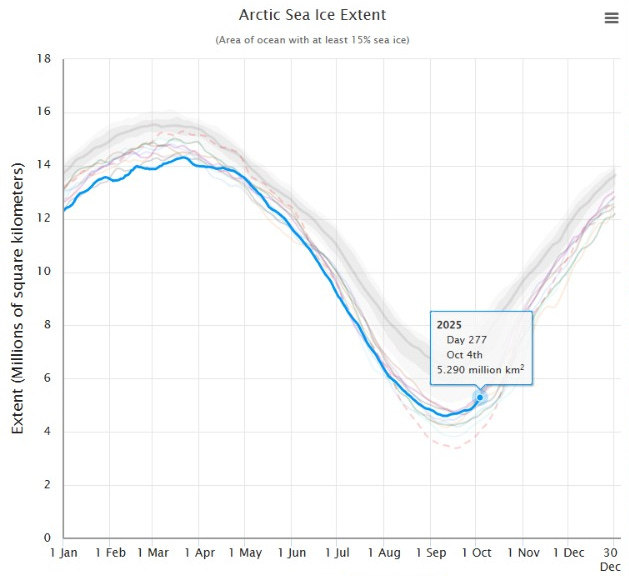The Assault on the Poles Continues
Non-linearity has a face. And it’s already melting.
You’re walking down a city street when a ghost passes through you — the exact perfume your first love wore. For one dizzying second, the unexpected scent bomb turns you 18 again, heartbroken and hopeful, standing on their doorstep in the rain. Then a bus hisses, yanking you back into a present that now feels thin and colorless.
You’re cleaning out a closet when a forgotten, crumpled photo falls from a book. It’s you and your best friend, arms slung around each other, laughing with a kind of abandon you can no longer access. The joy in the image is so sharp it feels like a punch to the throat, leaving you breathless in the dust-filled quiet of the present.
You’re in a heated argument with your partner, words flying, when you see it: their face goes slack for a second, with an expression you’ve never seen before — one of pure, unguarded contempt. It’s there and gone, but you can’t unsee the stranger who was hiding underneath. And in the silence that follows, you realize that your relationship is irrevocably altered.
That’s how non-linearity feels. Nothing seems harrowing or relevant or urgent until the moment everything is. Change creeps until it snaps, like an expression you’ve never seen before; like a wire that suddenly whips back and cuts your hand. One moment, stable. The next, irreversible. The pressure accumulates invisibly, silently, and then releases all at once, bypassing any logical processing and landing directly in the core.
Earth’s poles are at that point.
The Antarctic Obituary
For decades, satellites have tracked the rhythmic pulse of sea ice expanding and shrinking each year, a predictable planetary heartbeat. But that pulse has turned erratic. What used to be a seasonal pattern of growth and melt has turned into a planetary arrhythmia.
The Antarctic logbook from recent years reads more like an obituary than a journal. This ice has not come back. It may never come back. The Great Un-Freezing isn’t a metaphor anymore. It’s exponential heat, exponential loss, exponential consequences.

It’s the most significant global environmental change of the decade. And 2025 has done nothing but harden the pattern.
The beginning of the year brought the second-lowest summer extent in history, tying with 2022 and 2024, while missing an area larger than Pakistan.

According to data from the US National Snow and Ice Data Center, Antarctic sea ice reached its winter maximum of 17.81 million square kilometers on September 17, 2025, six days earlier than the median date. That’s the third lowest record and 900,000 square kilometers below the historical average, an area roughly equivalent to all of France and Germany combined. Sea ice was “markedly below average” across most of the continent, except for a small patch in the Ross Sea still pretending it’s 1981.
Dr. Ted Scambos from the Cooperative Institute for Research in Environmental Sciences called it what it is: a warning. “The lengthening trend of lower Antarctic sea ice poses real concerns regarding stability and melting of the ice sheet,” he said. “However, it may also be leading to greater snowfall over the continent, which would slow the progression of sea level rise.”
Maybe. Probably. Hopefully.
But that’s like saying a house fire might spare the basement.

There’s a wall of heat pressing at the door, and the door is starting to cave in. These Antarctic-wide shifts, their new volatility, and their persistence point toward an abrupt, non-linear transition — the beginning of a fundamental shift.
Meanwhile, at the other end of the planet, the assault continues.
Antarctica melts from below; the Arctic burns from above.
Two wounds, one body: our planet.
The Arctic’s Silent Snap
Up north, the ice is breathing hard. You don’t see it from your desk or your morning commute, but it’s there, every day, struggling to keep pace with a warming world. The Arctic is heating up to four times faster than the rest of the planet. The pattern is the same as Antarctica’s, only the tempo feels different.
Each winter, sea ice reaches its peak in March. By September, it retreats to its summer minimum. If Antarctica was missing ice the size of France, Germany, the Arctic was missing those two plus the UK, falling into the abyss of the smallest since records began.

However, the NSIDC reported that by August, ice “rapidly melted and compacted” north of Alaska in the Beaufort Sea, reaching its seventh-lowest extent.
And so, by the September minimum, the Arctic sea ice didn’t seem dramatic at all: a joint-10th lowest, tied with 2008 and 2010. To a casual observer, it looks like a slowdown — the ice holding its ground. But the appearance of calm is just the silence between cracks.

Since satellites began watching in the late 1970s, summer sea ice has halved, over 10,000 cubic kilometers of ice gone. Imagine draining an Olympic swimming pool every second for 1,267 years. Well, we’ve done it in a few decades.
Arctic sea ice shrank to its smallest size ever recorded in September 2012, triggering discussions of when the Arctic could see its first “ice-free” summer. But for roughly 20 years, there’s been no statistically significant decline. According to simulations, this slowdown could even last for another five or 10 years, even as the world continues to warm.
It’s like the ice got scared after 2012 and decided to hold its ground.

The pause since the late 2000s is tempting for climate deniers and optimists alike. Graphs flatten, the ice looks stable, the apocalypse delayed. But science tells a different story: all 19 of the lowest sea ice extents in the record have occurred in the past 19 years.
Melting snow and ice reduce reflectivity, replacing bright white surfaces with dark water that swallows sunlight, locking in heat, fueling more melt — like swapping a white t-shirt for black under a summer sun. Since 2003, wildfires have erupted with intensity once unthinkable, releasing carbon by the ton and exposing the permafrost beneath like an open wound, bleeding methane and CO₂ back into the atmosphere. Every thaw, every fire, every dark patch of water is another hand turning the planetary thermostat upward.
This is not equilibrium — it’s a lull, a slow breath before the plunge.
So why the pause? The physics should only tilt toward decline. But this “slowdown” is predicted. Scientists anticipated these periods of respite. A 2015 paper and newer climate simulations from CMIP5 and CMIP6 show that temporary plateaus in ice loss are part of the system’s rhythm — appearing in roughly one out of five model runs, even under the highest-emission scenarios. All agree on the long term: the ice will vanish. Faster, slower, staggered, whatever. It won’t stop.
The current pause likely comes from multi-decadal ocean fluctuations, internal variability that temporarily masks the relentless long-term trend. A cooler stretch in a hot season doesn’t mean summer is over.
These breaks are deceptive. A rollercoaster’s flat section precedes a steep, non-linear drop.
The Look of No Return
There’s always that split second when everything changes, but nothing is different.
The scent fades. The photo drops. The face hardens.
And you know — without needing proof — that something irreversible just happened.
That’s where we are now. The world still hums. The lights stay on. The markets open. But underneath, the foundations are slipping. The poles are no longer poles; they are pressure points in the planet’s nervous system. The Arctic is burning from above; Antarctica is melting from below. A different tempo of the same assault.
And still, we keep pretending it’s fine. We recycle. We tweet. We build another offshore platform and call it transition. And we sell carbon credits like absolution, still letting kids draw penguins as if the species weren’t already erasing itself from the page.
But non-linearity doesn’t negotiate. And it doesn’t warn twice. It jumps, like a relationship breaking mid-sentence before your mind catches up.
The sinks that once buried all our carbon sins are starting to give up.
The currents that moved like steady breaths are slowing to a nervous stutter.
The ice shelves that once held back oceans are splintering, releasing centuries of restraint.
We say “the system is broken,” but it’s not. It’s reacting — exactly as physics dictates. Because physics doesn’t care about politics or sentimentality. It cares about thresholds. And like those defining moments in our own lives, once we go past those limits, there’s no way back. You can’t un-know, just the same way you can’t convince melting ice to refreeze, ask acidified oceans to trust us again, or cool down an overheated atmosphere with good intentions.
Some changes simply can’t be undone.
The 1.5°C dream is already ash. And even then, we’ll keep convincing ourselves that someone, somewhere, will invent a way out. But there’s no app for irreversibility.
So yes, this is collapse — slow, uneven, disguised as normal life. But it’s also the last call for courage. The kind that kills the fantasy of endless growth, that rejects comfort as a coping mechanism, that fights for what’s left with no guarantee of reward.
Because this isn’t just about ice or currents or data points. It’s about what happens when the world we’ve known gives us that look, the one we can’t unsee: the look of no return.
So don’t look away.
And be loud.





I wonder who people will blame when it happens?